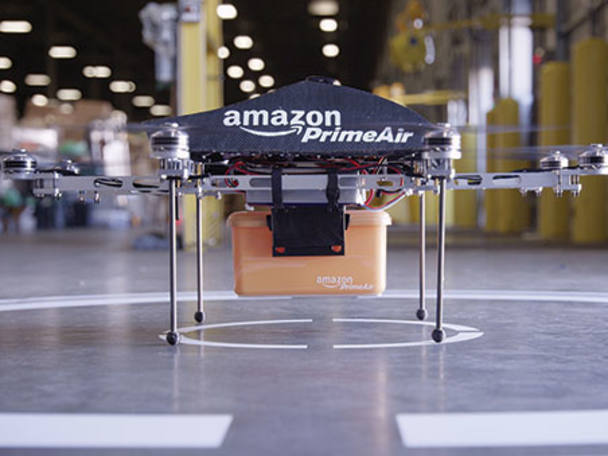Though widely held to be the fastest growing segment of the aviation industry, in terms of both civil and military applications, it's still rather difficult to ascribe a value to the market in unmanned aerial vehicles - or drones, as they're commonly known. We shouldn't be too surprised; it's an industry in its infancy, characterised by a fragmented manufacturing base and widely differing barriers to entry, populated by dozens of software and hardware specialists, private vendors and start-ups, in addition to some of the world's largest aerospace and defence contractors.
This crowded marketplace reflects the number of potential commercial applications. The use of drone technology is gaining widespread acceptance across a diverse range of industries, including agriculture, land management, energy and construction. However, for many people, the image that most readily springs to mind is of a remotely piloted missile platform hovering somewhere over Northern Pakistan with the aim of vaporising any passing jihadists, or anyone else unfortunate enough to get caught up in the 'war on terror'.
Legislators struggle to keep pace
This primary association with high-profile military applications is understandable given the prevalence of asymmetric warfare in the 21st century, but it's also relevant in that the developing legislative framework which will govern the industry is being drawn up with particular reference to civil defence issues.
Other than that, regulatory bodies will need to ensure that individuals are protected from potential intrusion, while satisfying industry calls for greater airborne access. Unfortunately, legislators have been struggling to keep pace with the rate of technological innovation and the associated roll-out of business-to-business opportunities.
The commercial appetite for this segment of the aviation market is easily appreciated when you consider that the industry hasn't waited for government policy to be finalised before allocating serious capital. In the US, the Federal Aviation Administration (FAA) has issued draft rules for commercial drone flights, and existing strictures limit utility to a select few industries such as aerial surveying for agriculture and the extractive industries. But the proliferation of over-the-counter civilian drones has intensified public and business pressure for the FAA to act with greater haste.
The situation in Europe is perhaps even more complex, as national governments have scrambled to implement individual regulatory regimes in an effective policy vacuum. Unfortunately, the resultant strictures are often at odds with one another. In light of June's referendum vote, it's ironic that a co-ordinated response seems to be so hard to come by on the continent, though it's thought that the European Aviation Safety Agency will be granted sole authority in this area next year. Nevertheless, the need to balance safety and privacy issues with the overriding commercial imperative will continue to create tensions between national governments and industry for years to come.








